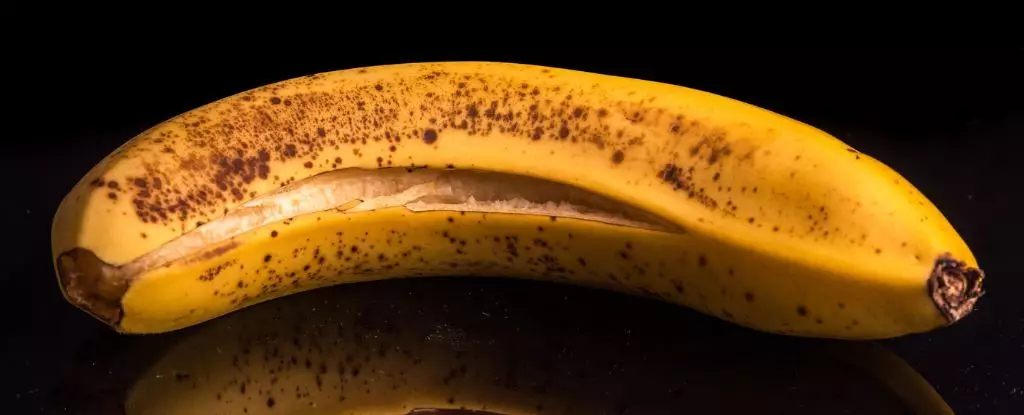When it comes to healthy eating, the flesh of a banana often captures our attention while the peel is cast aside without a second thought. However, research suggests that banana peels are far more than just a waste product; they are a treasure trove of nutrition and flavor. Recent studies reveal that when banana peels are blanched, dried, and transformed into flour, they can be incorporated into various baked goods, offering significant health benefits while minimizing environmental waste.
The idea of cooking with banana peels may sound alien to the average home cook. Most people may only recognize banana peels as something to be discarded rather than utilized, which speaks to a broader issue of food wastage. Approximately 40% of a banana’s total weight comes from its peel, a sizable portion that is often overlooked. This article will delve deeper into the nutritional benefits of banana peels and explore creative culinary applications, charting a new course for how we perceive this often-ignored part of the fruit.
The revelation that it is safe, and beneficial, to use banana peels has sparked interest among food enthusiasts and health advocates alike. An experiment found that cookies made with banana peel flour garnered positive feedback comparable to traditional cookie recipes that did not incorporate the peel. These banana peel-infused treats were not merely palatable—they also provided an impressive boost in essential nutrients. With higher levels of fiber, magnesium, potassium, and antioxidants, these cookies offer a healthier alternative to typical recipes with wheat flour.
While incorporating banana peels into cookies has shown promising results, there is potential for expansion into the world of breads, pastas, and cakes. For instance, substituting a certain percentage of wheat flour with banana peel flour resulted in enriched baked goods that boasted improved nutritional profiles, including enhancements in protein, carbohydrates, and fat content. The versatility of banana peels does not stop there; their natural properties can impart unique flavors and even vibrant colors to various dishes, transforming them into culinary masterpieces.
However, experimenting with banana peel flour is not without its challenges. As indicated in research, using too high a concentration of banana peel can lead to undesirable textures in baked goods, such as cookies turning out rubbery or overly brown due to excess fiber content. A fine-tuning of proportions is crucial; studies suggest that keeping the ratio around 7.5% for banana peel flour can achieve an appealing texture without compromising flavor.
On a different note, many individuals remain wary of using fruit peels in cooking. Concerns regarding safety and taste often dissuade would-be innovators in the kitchen from fully embracing this trend. Yet, with appropriate preparation—such as blanching to remove potential bitterness and undesirable flavors—the reincarnation of banana peels in our meals promises to enrich our diets while enhancing flavor profiles.
Incorporating banana peels into our cooking also represents a thoughtful strategy for combating food waste. As societies continue to confront the reality of food scarcity and environmental issues, initiatives to reduce waste become increasingly important. By finding uses for byproducts like banana peels, we can adopt a more sustainable approach to food consumption while actively contributing to lessening our environmental footprint.
Creative cooks and food bloggers have begun to explore quirky alternatives with banana peels such as banana peel bacon and a variety of savory dishes, proving that the fruit’s outermost layer deserves a place on our plates. Beyond bananas, the concept of utilizing fruit peels carries over to other fruits; for instance, mango skin has been shown to have similar antioxidant properties.
The next time you’re prepared to toss a banana peel into the trash, consider rethinking the process. Embracing banana peels could open the door to a wealth of culinary opportunities that not only delight the taste buds but also promote better health and minimize waste. As we continue to innovate in our kitchens, the formerly ignored peels of bananas may just become a staple in nutritious cooking and a beacon for a more sustainable food movement. So go ahead, peel away, and give those skins the chance to shine! Your palate (and the planet) may thank you.

